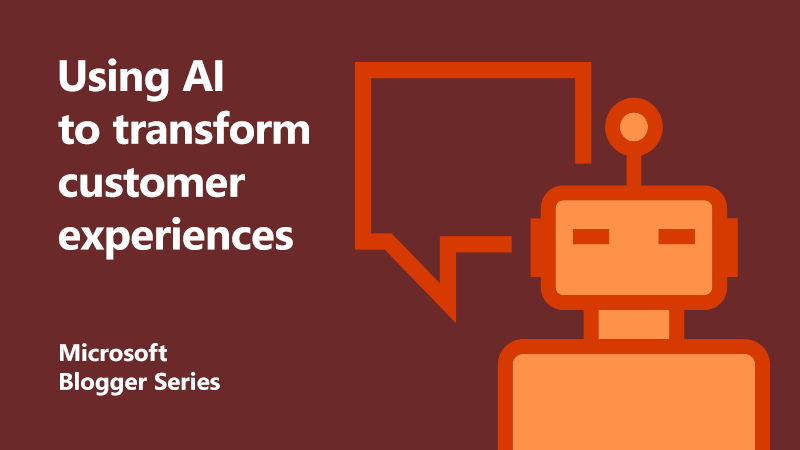
How to use AI to innovate and transform customer experiences
Ever found yourself scrolling through Instagram, looking at your friends’ amazing holiday pictures and wishing you were there? Well now you can be there quicker than you think, thanks to easyJet’s latest in-app innovation, the Look&Book.
With the world’s first visual travel booking tool, you can book a holiday from a photo. From idea inception to market in only six months, here’s the secret to how we made it happen—Microsoft Azure image AI technology.
Lines are blurring between marketing and customer experience. Every brand wants to launch the next big innovation, but no one really knows how to make it happen or wants to risk the budget. So how do you get useful and consumer-focused innovation live for brands?
Obviously, you need a brilliant idea to start with. But the hard part is usually what comes after your light-bulb moment.
In the wake of the recent success of Look&Book within the easyJet travel app, I will share some of the reasons we managed to get our product live in just six months.
Ideas can come from anywhere, at any time. I was on a wellness holiday in Portugal, trying to be the best millennial I could be, and was posting photos of my trip on Instagram. A comment from a friend on one of my photos caught my attention.
She mentioned the usual holiday booking intent that you often see when people post their holiday photos: “These pics though. I really wanna go!” The idea for the Look&Book app came about when my eager friend went on to describe how she was already researching the trip.
This got me thinking. If, after seeing my photo, my friend was convinced this was where she wanted to go for her next holiday, surely there must be a simple way for her to book it? In a world of visual inspiration, why didn’t we have visual booking?
The ambition then became to shortcut booking for the Instagram generation. This would allow easyJet to make the most of the inspiration that peer-to-peer social content generates.

Creating the simplest user journey possible
We needed to ensure users would have a seamless experience, transitioning from Instagram to the easyJet app. The simplest journey was to take a screenshot of the holiday photo from Instagram and upload it to the easyJet app.
We used the existing infrastructure within the easyJet app with regards to booking flights, and, crucially, dynamic pricing. If we hadn’t done this, we would have faced a major stumbling block—dynamic pricing for airline flights is so complex and time-sensitive that surfacing it within another platform like Instagram is currently impossible.
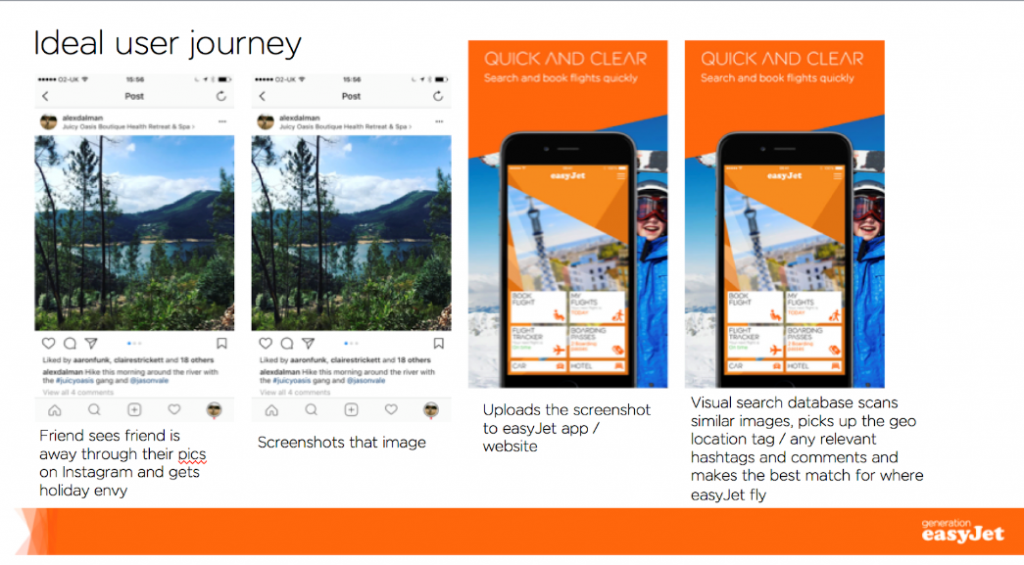
Original presentation
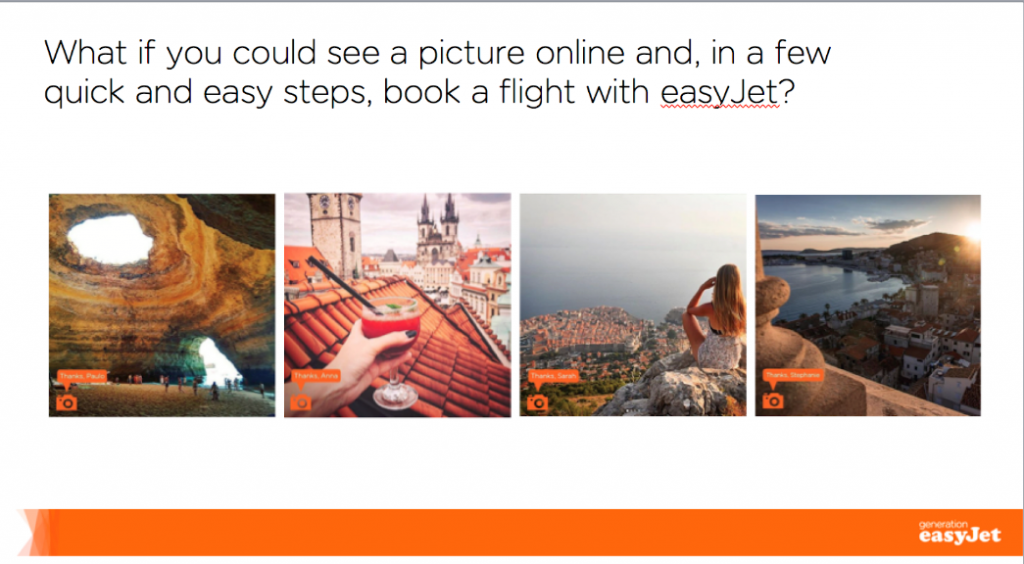
Original presentation
Finding the right technology
Now that we had the idea and had mapped out the user journey, we needed the technology to make it happen. Initial research involved meeting companies who did “visual search,” but it quickly transpired that no single company could offer the solution we needed. So we decided to build it ourselves as a prototype.
AI is a great tool to leverage in marketing – and not just for big data and analytics. Using apps with built-in intelligence helps create a truly personal experience for the consumer which delights and excites them.
After evaluating the technology available, Microsoft Azure came out top. With its powerful cognitive services as well as a comprehensive set of infrastructures and tools, it was the best place for us to develop the Look&Book app.
With image recognition sorted, we married this with other technology, including optical character recognition, photo EXIF data recognition, geolocation identification and easyJet’s database of airports. In this way we created a sophisticated back-end system that would quickly recognise where the photo was taken and what flights were available to get you there.
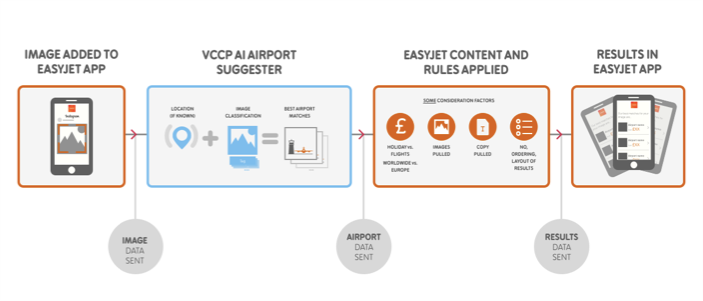
Original flow
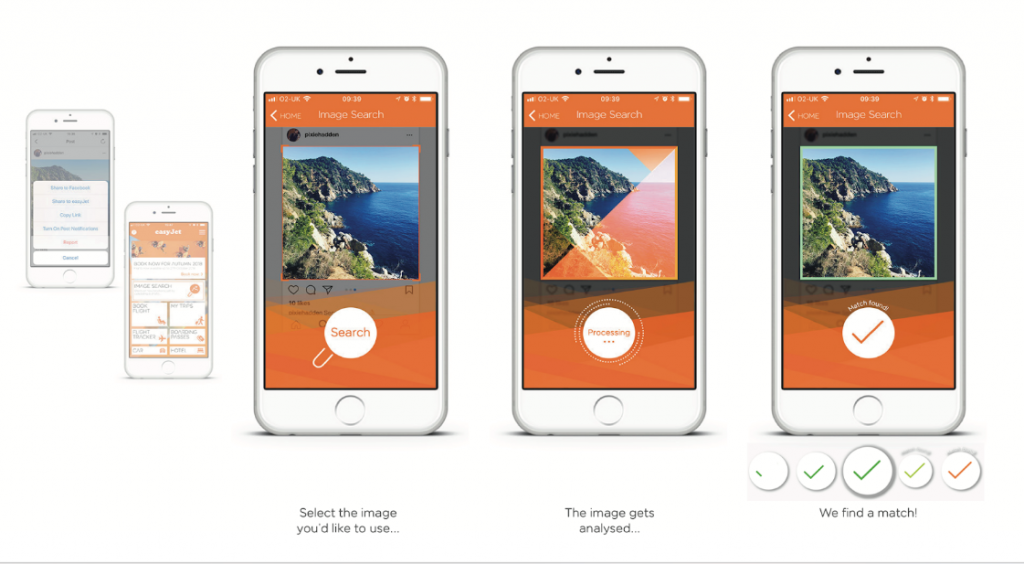
Original designs
To finalise the business case and bring our idea to life, we needed to ensure the prototype worked. We tested 25,000 randomly selected holiday images and 500 Instagram screenshots. The result was an 88% success rate, plus the ability to improve on this over time.
We learnt a lot from the test, especially around ensuring parameters to catch things like duplication of place names. Who knew there was also an Ibiza in South America!
With all the results in, we were now ready to get into development.
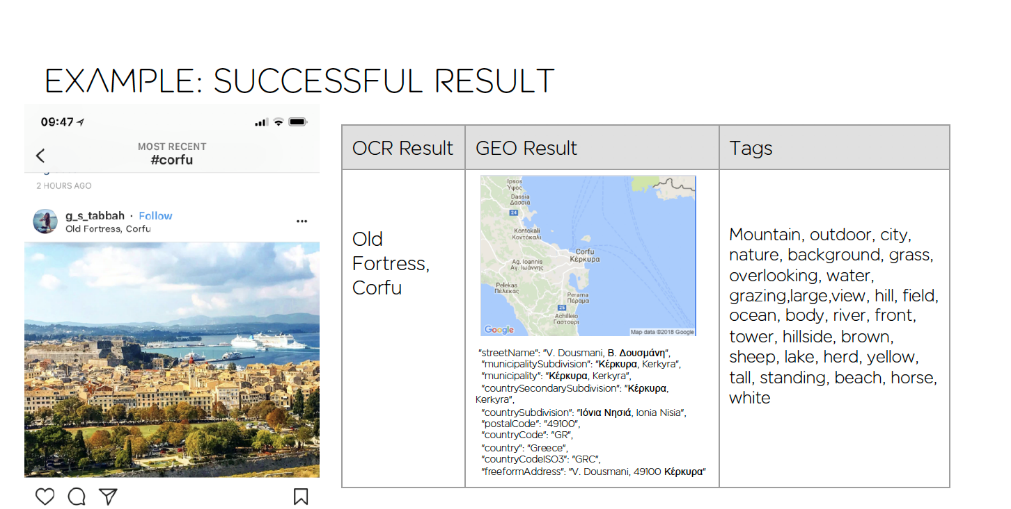
Test, fix, and test again
Our small team spent the next four months building, testing, fixing, improving, and testing again. After extensive cycles of feedback and testing, we were finally ready to take the plunge and go live.
It’s important to always allow plenty of time for this stage. Try to predict where things might go wrong and work around them. Get as much internal feedback as possible. People who are fresh to projects will spot things that you and your team might miss.
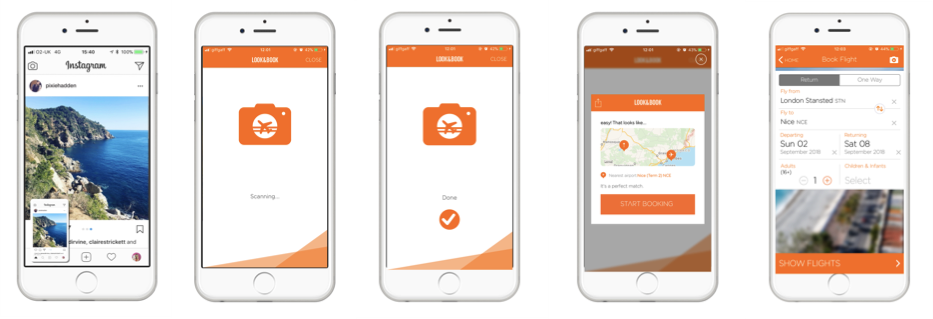
Final designs
Marketing the product
It would have been easy to layer on a complex and clever marketing campaign to this project, but an idea like this should be left to speak for itself.
Simplicity was our mantra: we stuck to the new news and communicated it in a straightforward way.
We wanted to choose media that showed the Look&Book in action, so our comms plan combined awareness with more educational, how-to content across the campaign. PR was particularly important for us, so we approached journalists across the tech, travel, and consumer industries.
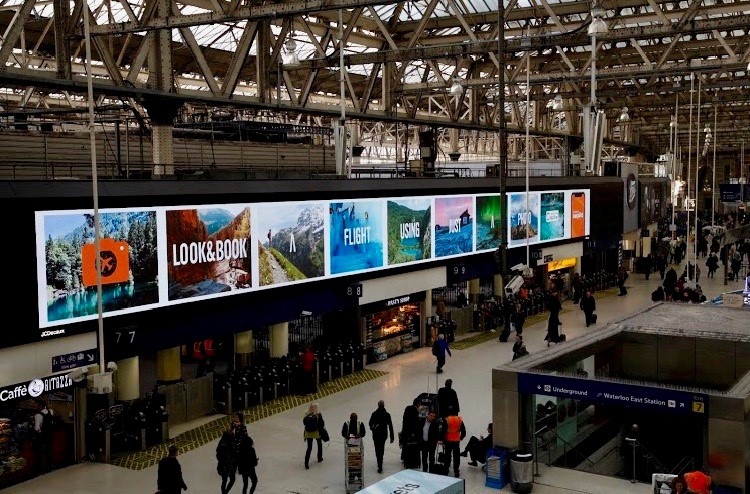
It’s live—but don’t stop there
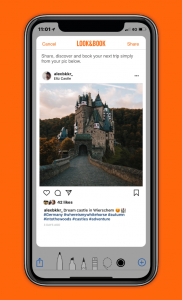
We’ve brought the product to market on iOS in the UK, but this isn’t where the journey ends. You must gather results, feedback, and suggestions to improve on what you have.
You also need to decide when is the right time to consider a further roll-out or updates. What are the success metrics to inform this decision? What could a second phase look like? It’s best to start thinking about this even before the launch, so you’re ready to act quickly when your product takes off.
It’s easy coming up with an idea—it’s much more difficult to get it to market. However, AI makes it easier for us to be able to create innovative and creative experiences. By keeping the expectations and behaviours of the consumer at heart while using technology to drive these innovations, you can create something that will cause disruption in the market.
In six months, and with the help of some of the latest and most exciting technologies, my idea was live within the easyJet travel app. Which means it’s in the pockets of about a million people in the UK.
Once you’ve got your idea, ask yourself: is this innovation going to make a consumer’s life easier? Does it work around existing/natural consumer behaviour? If yes, continue at full force.
Where will your idea go?
Top tips
- Keep it simple. Simple for internal buy-ins and stakeholders. Simple for the consumer to use.
- Keep the team small and focused but get wider feedback at relevant points in the process: show it to as many people as possible before it goes live.
- Keep your eye on the prize. Is this going to make consumers lives easier? Will it change the market in a good way? Has it got the potential to grow beyond initial launch?
Key questions to ask yourself
- How can you ‘hack’ the systems already out there? Always think of ways around technological barriers and use existing consumer behaviour and existing infrastructure.
- Do you start from scratch, or build on what exists?
- Have you proved it actually works?
- Could your parents use it without any explanation from you?
- What would make this product even better?
Find out more
Grow your skills and expertise at the UK Partner Skills Hub
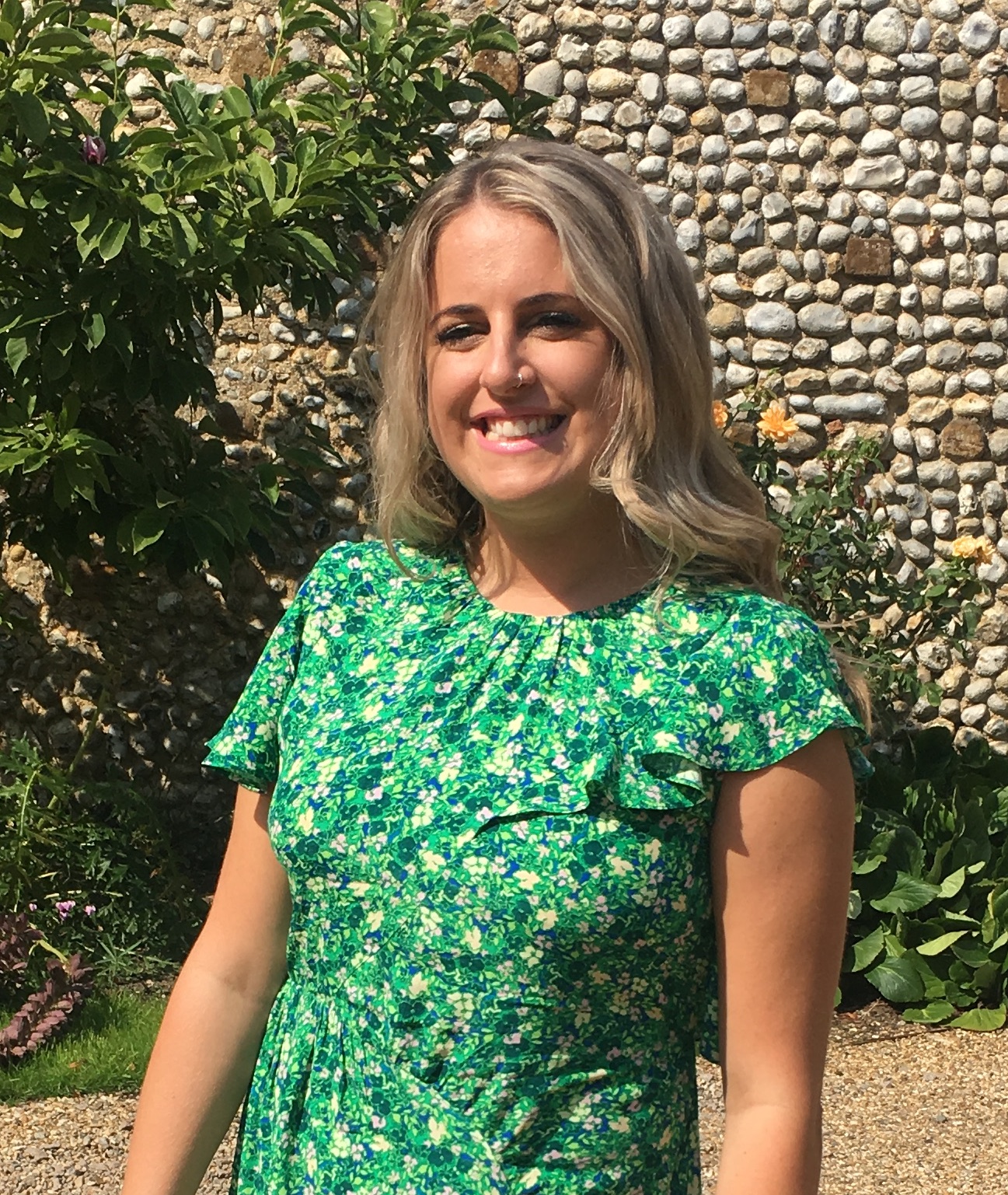 About the author
About the author
Alex works for an advertising agency in London called VCCP in the social and digital team. She is fascinated with how technology is changing the way we interact with brands and particularly with ways we can make consumer journeys easier and smarter.




